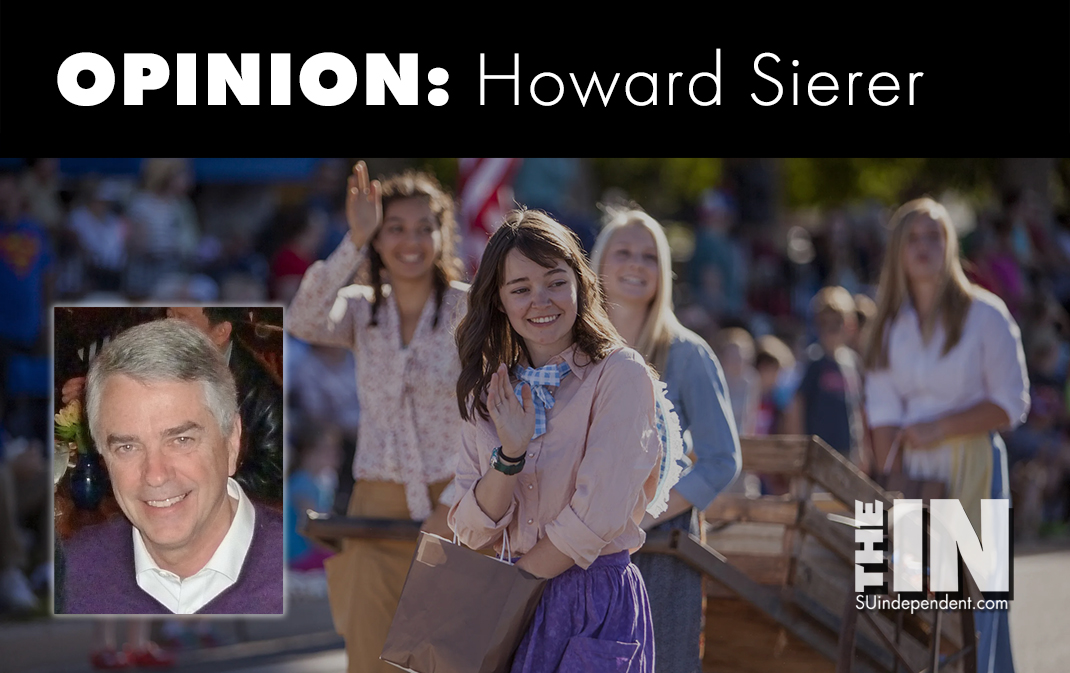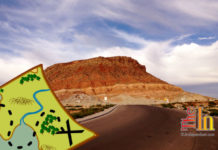
Pioneer Day and Religious Freedom
– By Howard Sierer –
Utah’s Pioneer Day, July 24th, commemorates the day Brigham Young led 148 pioneers into the Salt Lake Valley. Emerging from Emigration Canyon, he is recorded as saying, “This is the right place,” words that have become legend in the state.
Utah’s holiday celebrates the 80,000 pioneers who trekked across the Great Plains and the Rocky Mountains to settle in Utah prior to 1869 when the transcontinental railroad was completed. The great majority of these were members of the Church of Jesus Christ of Latter-day Saints, although others joined them as well.
Why would these many people choose the hardships of covered wagon or handcart travel across an unforgiving wilderness, a trip during which hundreds died along the trail? The answer: religious freedom as promised in the U.S. Constitution.
The Constitution’s First Amendment provides that “Congress shall make no law respecting an establishment of religion, or prohibiting the free exercise thereof….” These words were drafted and ratified by men, almost all of whom were religious believers. The Declaration of Independence also includes references to God and Thomas Jefferson’s famous statement that “all men are created equal, that they are endowed by their Creator with certain inalienable rights….”
Religion’s early role in the affairs of the country was taken for granted. For example, the Ten Commandments appeared in many public buildings around the country, sometimes actually etched in stone. Christian crosses were erected on public land. Prayers were offered at public schools and government meetings. None of this was taken as the government “establishing” religion.
Both sides in the Civil War adopted the phrase “In God We Trust.” This phrase was subsequently codified in 1955 as our nation’s motto, appearing today on our coins and currency. While the new motto was generally popular with the public, the increasingly secular press saw it as bordering on the “establishment of religion.”
Secularists grew increasingly critical of what they saw as religion’s seemingly favored place, taking issue with a variety of previously acceptable public religious manifestations. Court cases were brought and secular judges found a number of these practices as unconstitutional “establishment of religion.” Religious institutions complained that religion was being systematically excluded from its longstanding place in public discourse.
This antireligious trend appears to have passed its high-water mark: Two Supreme Court decisions announced last month have moved the country back toward the original public meaning of the First Amendment. Justice Gorsuch explained that the amendment “counsel[s] mutual respect and tolerance, not censorship and suppression, for religious and nonreligious views alike.”
In the first Court case, the state of Maine offers tuition assistance to parents who live in rural school districts without a secondary school. A number of alternative schools cater to these students with a wide variety of curricula. Parents are free to choose any of them, any that is except those sponsored by religious organizations.
The Court ruled that denying benefits otherwise available to all solely because they will be used at a school-sponsored by a religious institution is unconstitutional “censorship and suppression” of religion. The Constitution neither requires nor permits discrimination simply on the basis of religion in education funding.
No such tests are applied to a variety of other government benefits. For example, Pell grants to college students may be used at religious universities. In a broader context, Social Security, unemployment, and welfare benefits can be used to make religious donations.
In a second victory for religious freedom, an assistant high school football coach who prayed at midfield following games was vindicated. He’d been doing that for seven years when his practice was mentioned favorably to school officials. The school district took note, objected, and asked him to quit allowing students to join him in prayers. He complied but continued to pray alone.
The district then required him to desist from any “overt” religious activity while “on duty,” arguing the prayers were state speech and breached the Constitution’s pledge of no government “establishment of religion.”
The Court found instead that the coach’s prayers were private conduct, offered after games when other faculty members were engaged in private conduct such as checking their mobile phones or talking with spectators. If the coach’s action was government speech, “a school could fire a Muslim teacher for wearing a headscarf in the classroom or prohibit a Christian aide from praying quietly over her lunch in the cafeteria.” I would add, no orthodox Jewish teacher could wear a yarmulke.
To protect religious freedom, the First Amendment prohibits official interference with religious affairs, but that prohibition is not a license for antireligious discrimination. Once again, our Supreme Court is returning to the clear intent of the Constitution, rejecting liberal’s preferred doctrine of a “living constitution,” a meaningless excuse that allows judges to “make it up as they go along.”



